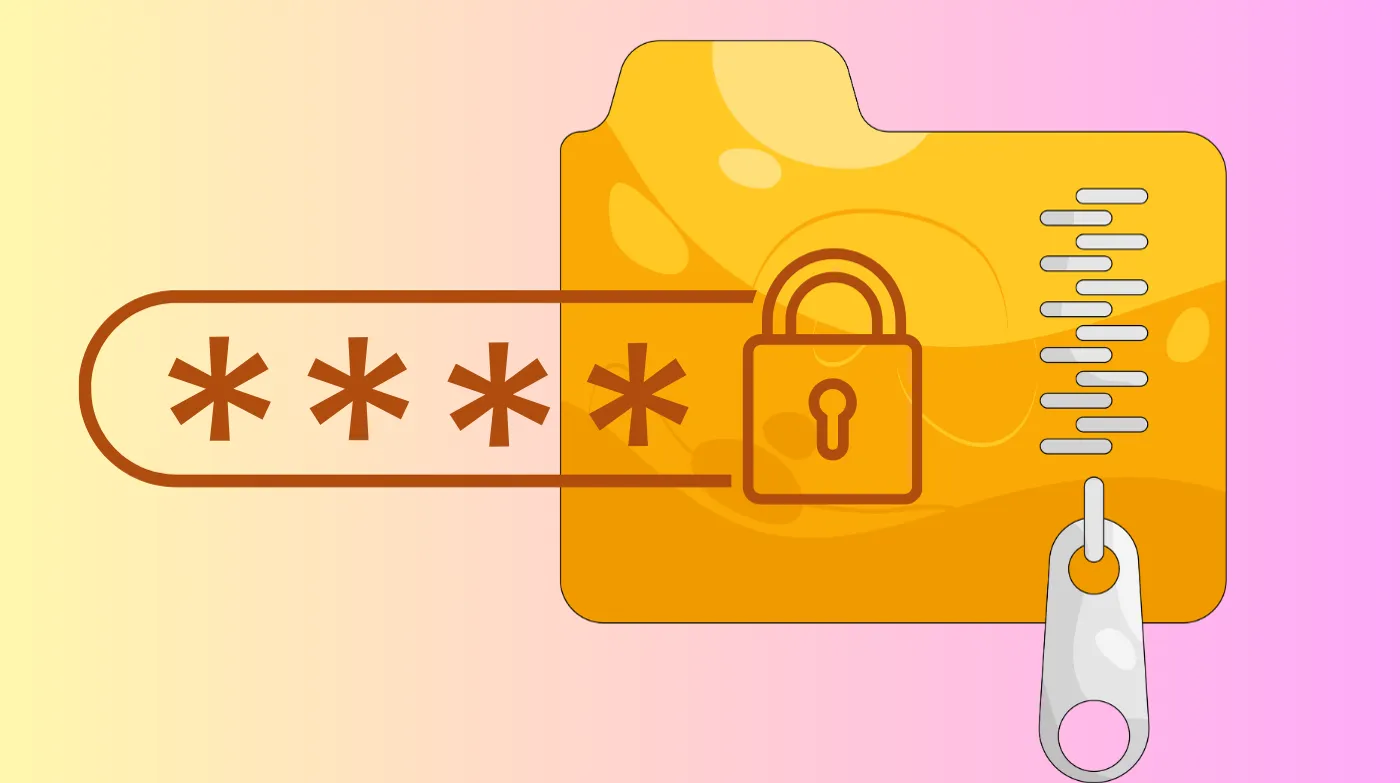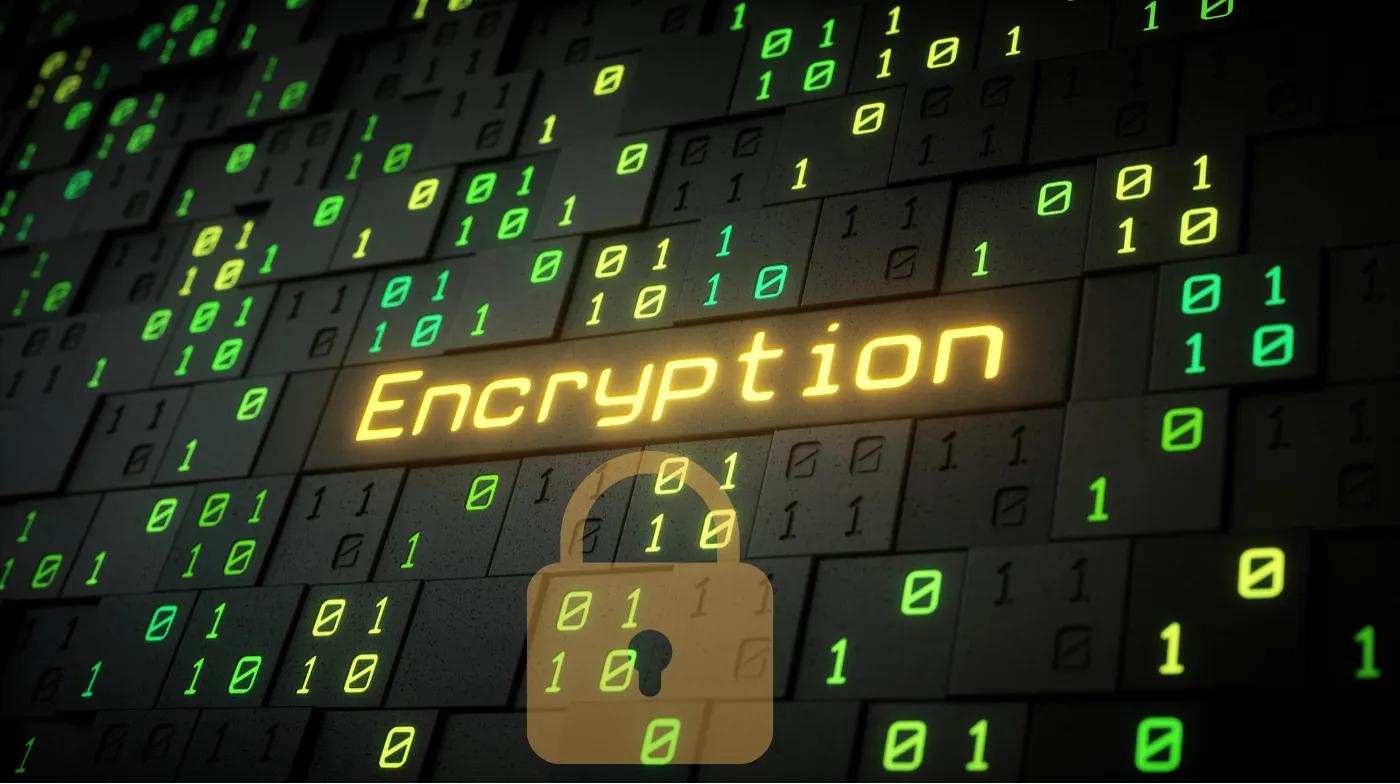
Every 39 seconds, hackers attack computers worldwide, targeting unprotected files that contain personal and business secrets. Password-protecting zip files creates an impenetrable digital fortress around your most sensitive documents using methods like Windows’ built-in encryption, professional 7-Zip AES-256 protection, and advanced third-party tools.
This comprehensive guide reveals four battle-tested techniques to transform vulnerable file storage into military-grade security vaults. You’ll discover the exact steps for each protection method, master unbreakable password creation strategies that defeat brute force attacks, and learn advanced encryption standards that government agencies rely on.
Whether you’re safeguarding family photos or confidential business contracts, these proven methods ensure your files remain completely inaccessible to unauthorized users while providing instant access when you need them most.
Step-by-Step Methods to Password-Protect Zip Files
Securing zip files requires choosing the right method for your specific needs and technical comfort level.
Method 1: Windows Built-in Compression
Right-click on the files you want to protect and select “Send to” followed by “Compressed (zipped) folder”. Double-click the newly created zip folder and navigate to the “File” menu. Select “Add Password” and enter your chosen strong password.
This method provides basic protection suitable for everyday file security needs. The process takes less than a minute and requires no additional software installation.
Method 2: Using Windows File Properties
Right-click your existing zip file and choose “Properties”, then “Advanced”. Check the “Encrypt contents to secure data” box and click “Apply”. Windows will prompt you to back up your encryption key - this step is crucial for file recovery.
This approach provides government-grade security by creating a unique decryption key tied to your Windows account. The method offers superior protection compared to basic password options.
Third-Party Tools for Enhanced Security
Professional compression software delivers military-grade encryption capabilities that surpass Windows’ default options.
Using 7-Zip for Maximum Protection
Download and install the free 7-Zip application from the official website. Select your target files, right-click, and choose “7-Zip” then “Add to archive”. In the archive format section, select “ZIP” and locate the “Set password” button.
Enter your password twice for confirmation and click “OK” to create your encrypted zip file. 7-Zip implements AES-256 encryption, making your files virtually impossible to crack.
WinRAR Professional Features
WinRAR offers advanced compression with robust password protection capabilities. Install the software and select “Add to archive” when right-clicking your files. Navigate to the encryption options and set your secure password under the advanced settings.
This tool supports multiple encryption methods and provides detailed security options for professional users. WinRAR’s interface makes password protection accessible even for beginners.
Creating Unbreakable Passwords
Strong passwords form the foundation of zip file security and determine your overall protection level.
Password Composition Rules
Create passwords with a minimum of 12 characters combining uppercase letters, lowercase letters, numbers, and special symbols. Avoid personal information like birthdays, names, or addresses that hackers can easily guess.
Mix random words with numbers and punctuation marks to create memorable yet secure combinations. For example, transform “coffee table” into “C0ff33T@bl3!” for enhanced security.
Advanced Password Generation
A super secure password generator can create truly random combinations that eliminate human predictability patterns. These tools ensure maximum entropy in your password creation process. Additionally, using a password robustness evaluator helps verify your password meets current security standards before implementation.
Change your zip file passwords every 3-4 months to maintain optimal security. Use different passwords for each protected file to prevent cascade failures if one password becomes compromised.
Understanding Encryption Standards

Modern zip encryption relies on mathematical algorithms that transform readable data into scrambled code.
AES-256 vs Legacy Encryption
AES-256 encryption represents the gold standard for file protection, using 256-bit keys that would take billions of years to crack. This encryption method protects government and military secrets worldwide.
Legacy ZipCrypto encryption offers basic protection but remains vulnerable to modern attack methods. Always choose AES-256 when available for maximum security.
How Encryption Protects Your Files
Encryption transforms your original data into unreadable ciphertext that appears as random characters. Without the correct password, encrypted files remain completely inaccessible even if stolen.
The decryption process reverses this transformation, restoring your original files when you enter the correct password. This dual-layer protection combines password authentication with mathematical scrambling.
Advanced Security Techniques
Professional-level protection requires implementing multiple security layers beyond basic password protection.
Cloud Storage Integration
Upload password-protected zip files to encrypted cloud services for additional security layers. Services like Proton Drive automatically encrypt uploaded files during transmission and storage.
Set additional passwords for shared links when distributing protected files through cloud platforms. This creates dual authentication requirements for file access.
Backup and Recovery Planning
Create secure backups of your encryption keys and passwords in multiple locations. Store backup information on encrypted external drives separate from your primary computer.
Document your password protection methods and recovery procedures in a secure password manager. This preparation prevents permanent data loss if primary access methods fail.
Common Mistakes to Avoid
Understanding typical security failures helps prevent catastrophic data breaches in your protection strategy.
Weak Password Choices
Never use obvious passwords like “password123” or “qwerty” that appear in common password lists. Avoid sequences like “123456” or repeated characters that offer minimal security.
Personal information, including pet names, anniversaries, or family member names, creates easily guessable passwords. Hackers often use social media research to identify personal password patterns.
Insecure Sharing Practices
Avoid sending passwords through unencrypted email or text messages that can be intercepted. Use secure messaging platforms or separate communication channels for password distribution.
Never share the same password for multiple protected files, as this creates single points of failure. Implement unique passwords for each sensitive file or project.
Troubleshooting Common Issues

Resolving password protection problems ensures consistent file security across all devices and platforms.
Compatibility Problems
Some older systems may not support modern encryption standards used by newer zip tools. Test your protected files on target devices before distributing to ensure accessibility.
Convert legacy encrypted files to AES-256 format for better compatibility and stronger security. This process requires decrypting with the old password and re-encrypting with modern tools.
Password Recovery Options
Enable password hints or recovery questions when creating protected zip files. Store these recovery methods in secure locations separate from the protected files themselves.
Consider using enterprise password management solutions for business environments. These systems provide centralized recovery options and audit trails for security compliance.
Frequently Asked Questions
Can password-protected zip files be hacked?
Password-protected zip files using AES-256 encryption are virtually impossible to hack with current technology. However, weak passwords remain vulnerable to brute force attacks and dictionary methods. Strong passwords with 12+ characters make successful attacks computationally infeasible.
Which method provides the strongest zip file protection?
7-Zip with AES-256 encryption offers the strongest protection available for zip files. This combination provides military-grade security that exceeds Windows’ built-in options. Professional tools like WinRAR also deliver comparable protection levels.
How long should zip file passwords be?
Zip file passwords should contain a minimum of 12 characters for adequate security in 2025. Longer passwords with 16+ characters provide exponentially stronger protection against attack methods. Mix character types, including uppercase, lowercase, numbers, and symbols for optimal security.
Can I password-protect zip files on Mac computers?
Mac users can password-protect zip files using Terminal commands or third-party applications. The command “zip -e [filename] [files]” creates encrypted zip files with password protection. Applications like 7-Zip and WinRAR also provide Mac-compatible solutions.
Secure Your Digital Future
Password-protecting zip files represents a fundamental security practice in our digital age where data breaches cost businesses millions annually. Implementing these proven methods transforms vulnerable file storage into impenetrable digital vaults that protect your most sensitive information.
Choose the protection method that matches your technical skills and security requirements, whether basic Windows encryption or professional AES-256 solutions. Remember that your password strength ultimately determines your overall security level, making strong password creation the most critical factor in successful file protection.
Start securing your important files today using these comprehensive techniques and maintain regular password updates to ensure long-term protection.
